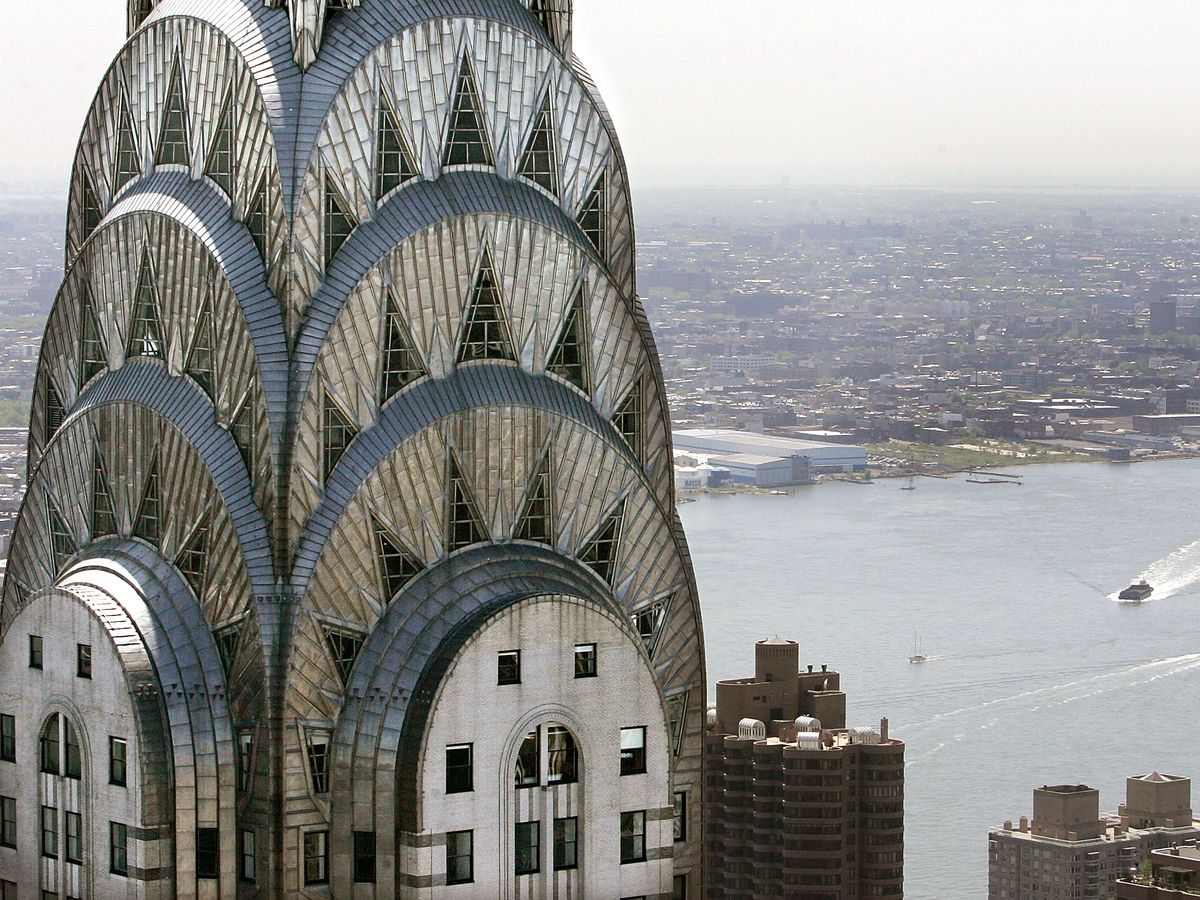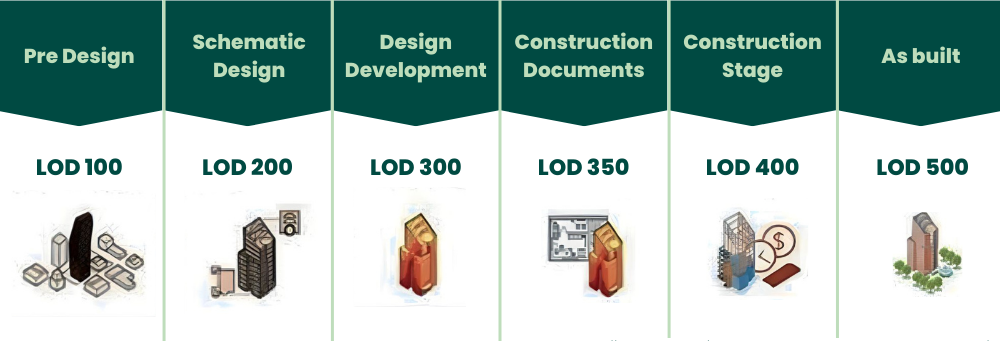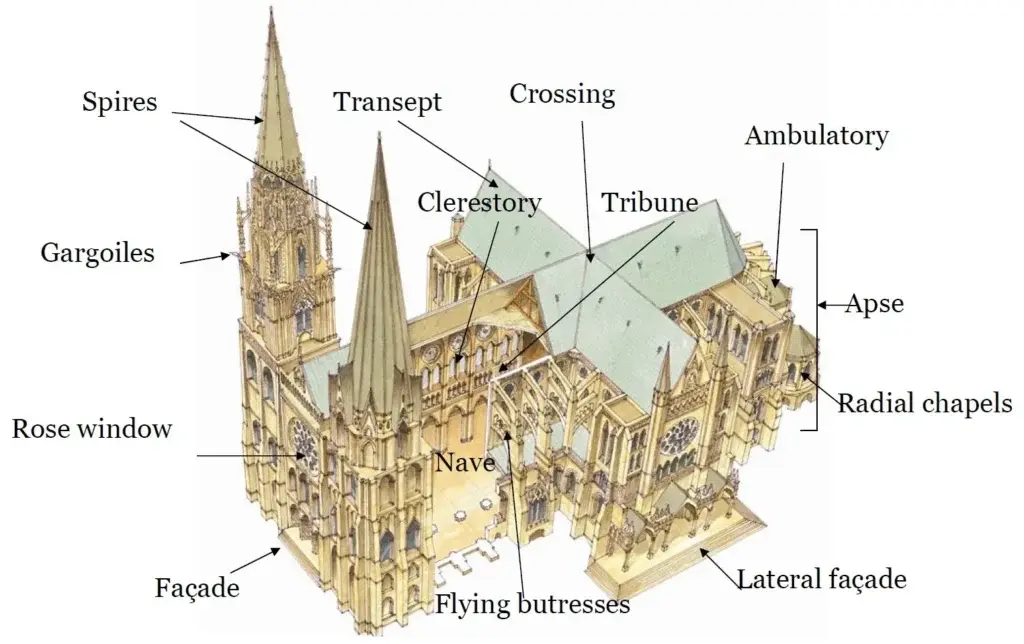The Ultimate Guide to Prominent Global Architectural Movements and Styles
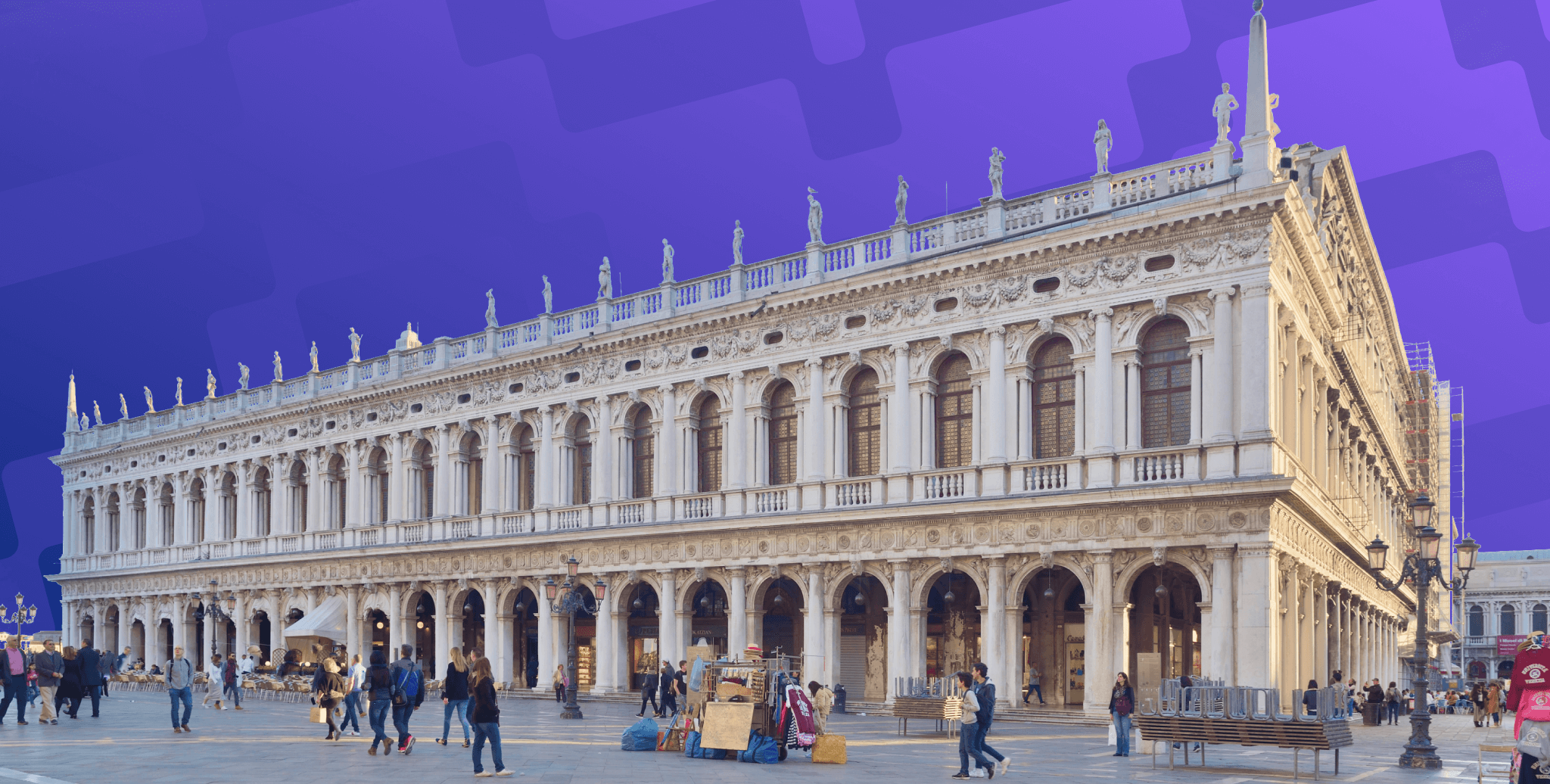
Table of Contents
Learning from the past is an excellent way to enhance the ways we work in the present. It enables us to take calculated risks with the help of technology and generate solutions to solve modern-day challenges.
With respect to architecture, the buildings of the past have infinite learnings to share. The use of materials, construction techniques, and the incorporation of art in historical buildings inspire young architects to think innovatively and to experiment constructively. Eventually, the buildings constructed during a time period become benchmarks of excellent design and execution.
What Is an Architectural Movement?
Architectural movements use building design as an expression of the social, cultural, and economic beliefs of a community, time, and age. Over a period of centuries, various architectural movements have emerged and grown to create a legacy of timeless structures.
Significant Architectural Movements and Styles
Studying global architectural movements helps in understanding the evolution of architecture and how it impacts the modern world. Below are the most prominent architectural movements that have influenced how we design and build today.
1. Beaux-Arts Architecture
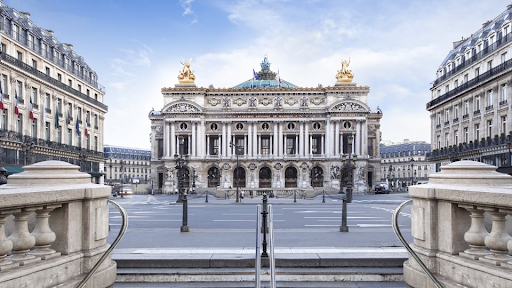
What Is Beaux- Arts movement?
Beaux-arts originated in the French schools of architecture, namely École des Beaux-Arts, as an effort to formalize the educational training for budding architects. It started in the year 1803, when Napoleon founded this school, to educate students about architecture, painting, and sculpture. The curriculum mainly focused on the intricately composed, sculptural design work. It was influenced by the classical architecture of ancient Greece and Rome.
Features
The buildings that were a part of this architectural movement showcased the design principles of symmetry, harmony, and order. The grand central staircase elevated main floors and intricate carvings on the facade were the common features that could be observed in every structure that follows the style.
Example
The Palais Garnier of Paris is one of the most prominent examples of this architectural movement.
2. Renaissance Architecture
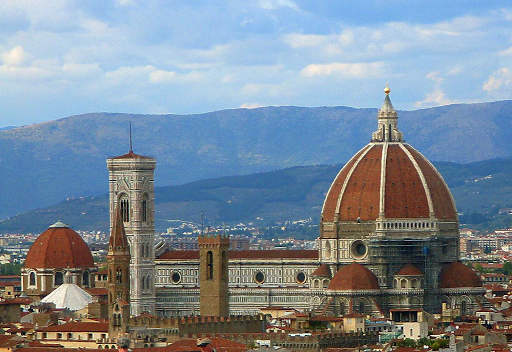
What Is the Renaissance Architectural Movement?
Renaissance is one of the most widespread cultural and architectural movements of all time. It first originated in 15th-century Florence, questioning the artistic values of the past environment and revolutionizing the art scene in all of western and northern Europe.
Features
The movement stressed on re-igniting the missing humane element from art and architecture and encouraged the revival of classicism. This new approach helped the world understand the subjects of perspective and proportion, helping to create structures with a geometrical framework and symmetrical facades. Also, the incorporation of columns and pediments, designed with great mathematical precision, characterized this architectural movement.
Example
One of the earliest examples of Renaissance architecture could be seen in the works of Filippo Brunelleschi, who designed the monumental dome of the Florence Cathedral and the Church of San Lorenzo.
3. Baroque Architecture
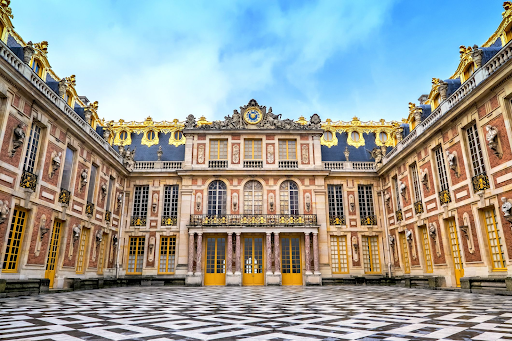
What Is the Baroque Architectural Movement?
With the religious reformations in 16th-century Europe, the exchange of ideologies led to the uprising of a new movement called Baroque. This movement aimed to bring people closer to their religious ideals and emphasize the glory of God.
Features
Contrary to the geometrical buildings of the Renaissance, the architects of Baroque introduced fluidity into the interiors of the facade. The complex curves, oval domes, and fluid design patterns helped distinguish this style from the preceding ones.
Example
An excellent example of Baroque architecture is the Palace of Versailles in France. Known for its massive form and ornate decorations, the palace incorporates the use of symmetry and perspective along with the fluid interiors.
Interested in learning about art and architecture? Check out: The Connection Between Art And Architecture: The Beauty of Synergy
4. Byzantine Architecture

What Is the Byzantine Architectural Movement?
The Byzantine architectural movement emerged as a conglomerate of a variety of cultures and architectural styles that were confined within the borders of the Byzantine Empire (present-day Istanbul and Turkey). Emerging as early as the 4th century AD, this style drew influences from ancient Greece and Rome and channeled them into an eclectic design.
Features
The Byzantine architectural style is characterized by the use of the rounded arch, the dome, and the pendentive, which allowed for the creation of large open spaces. They also used mosaics, frescoes, and ornate sculptures to embellish their unique structures.
Example
An example of Byzantine architectural movement is the Hagia Sophia, which holds massive cultural and historical significance for people all around the globe.
5. Neo-Gothic Architecture
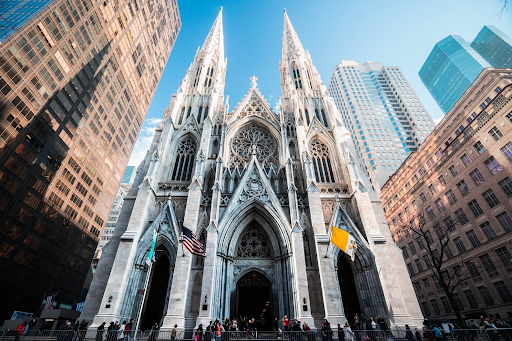
What is the Neo-Gothic Architectural Movement?
The Gothic Revival gained immense popularity amongst British architects and scholars in the 1740s, so much so that with its wide expanse throughout the continent, by the next century, people started appreciating this style as "a virtue of the past".
Features
The style was set apart by the use of pointed arches, ribbed vaults, and flying buttresses; they were now popularized for their designs to be used in churches, universities, and public buildings as well.
Example
The St. Patrick's Cathedral is one of the best examples of this architectural style, standing tall with its eclectic framework, captivating the modern skyline of New York.
6. Naturalism Architecture
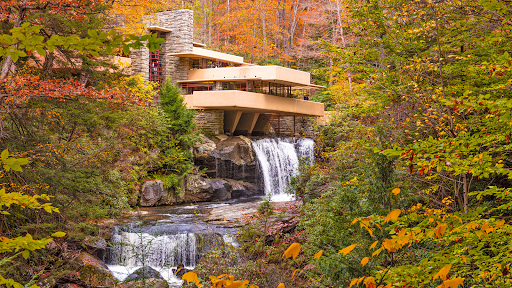
What is the Naturalism Architectural Movement?
The origins of naturalism in architecture can be traced back to the late 19th century when natural science was extensively studied as a subject and new research was being developed about its inclusion in architecture.
Features
This architectural movement attempts to reject the industrialization of architecture, allowing for there to be a harmonious relationship between the form and its environment, which is to be reflected by the craftsmanship of a building.
Example
Naturalism is often associated with the Art and Craft Movement and with the works of Frank Lloyd Wright such as The Falling Water.
7. Art Nouveau Architecture
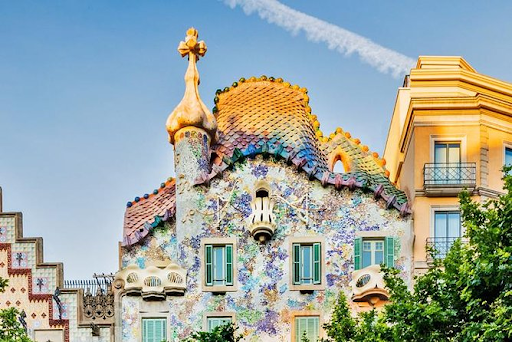
What is the Art Nouveau Architectural Movement?
Art Nouveau was an emergency response to the call for "new" art, in late 19th-century Europe. The movement was fueled by several demands, some asking to de-clutter the existing art styles, others idealizing the art from Japan, thus leading this new style to be a blend of natural forms and rich colors.
Features
When a reflection of this art movement was seen in architecture, it was a mere depiction of organic lines, curved, and filled with natural hues.
Example
Regarded to be an Art Nouveau magnificence, Casa Battló is a masterpiece by Antoni Gaudí that is known for its mesmerizing curved facade.
If a building such as the Casa Batllo was to be constructed today, its complex design and construction can be eased and speeded up with the use of computational design.
8. Rococo Architecture
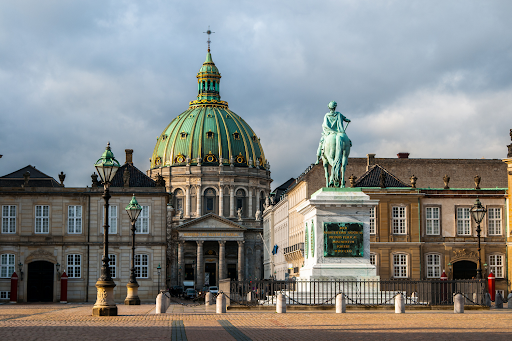
What Is the Rococo Architectural Movement?
Rococo was primarily characterized by sculptural decorations that were similar to that of Baroque except for the underlying symmetry and order.
Features
Rococo architectural style incorporates curves and asymmetry into the design, distinguishing it from the Baroque while also maintaining the high value of ornamentation.
Example
One such example is the Amalienborg Palace, which is known for its excessive use of ornamentation.
9. Art Deco
Architecture

What is the Art Deco Architectural Movement?
In the modern world where ornamentation was rejected, a group of French artists in the year 1925 introduced the world to a new art style, called the Art Deco.
Features
This style showcased the comparative simplicity of the form, symmetry, and repetition of design elements.
Example
A classic example of this architectural movement, known by many for its contemporary form, is the Chrysler Building.
10. Pop Art Architecture
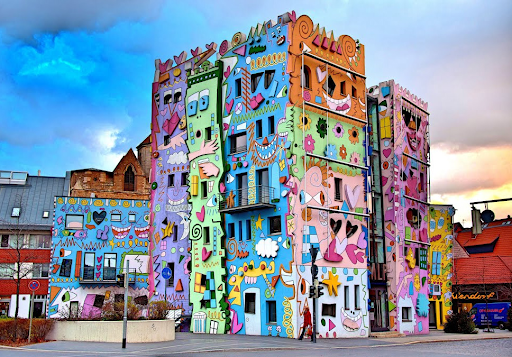
What is the Pop Art Architectural Movement?
Pop Art architectural movement that emerged in the 1960s in the United States and the United Kingdom are closely linked with the advertising business. It was often known to draw inspiration from pop culture and channel them into the symbolic representation of objects, which helped it gain success in attracting the psychology of consumers.
Features
This architectural movement was usually known to provide architects with the creative freedom to incorporate bold and vibrant color schemes in designs that created a lasting impression on the viewer.
Example
The Happy Rizzi House in Germany is one of the best-suited examples of this style, as its design not only appealed to a large audience but also shaped itself according to their perception of it.
In Conclusion
Architectural movements showcase the innate correlation between art, architecture, and people. Designers can seek inspiration from architectural movements to recreate the magic of historical buildings with the help of today’s computational tools. From Byzantine to Neo-Gothic, each style has a lot to teach and look up to. Contemporary architects can draw inspiration to build their signature style from them.
Explore Novatr’s Master Computational Design Course to create architectural marvels.
Visit Novatr’s Resource page, offering the latest updates and insights on Computational Design, ensuring you remain at the forefront of industry trends.

 Thanks for connecting!
Thanks for connecting!


.png)

